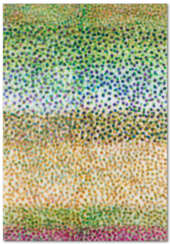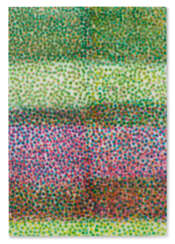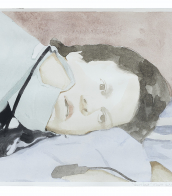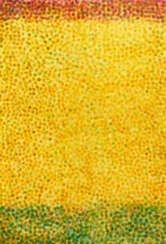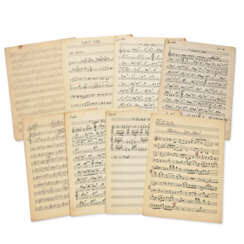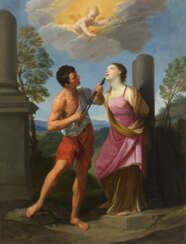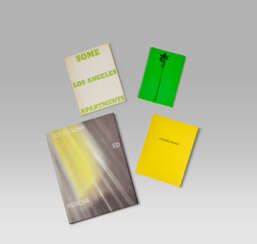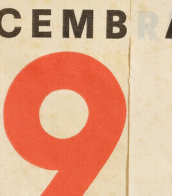parker ito (1986)
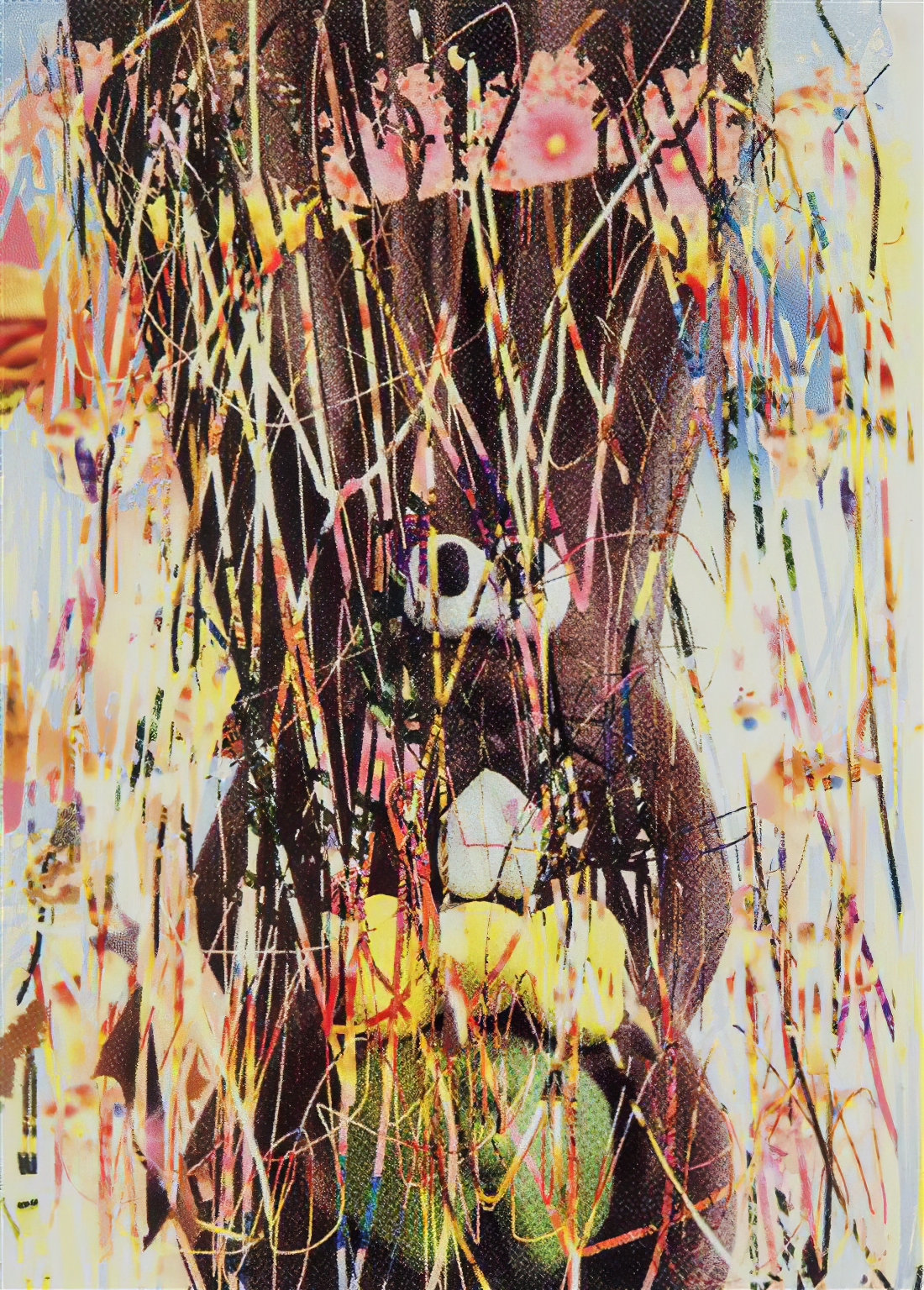
Parker Ito is an American contemporary artist. He was raised in Long Beach, California and currently works in Los Angeles. Ito's art practice encompasses a wide range of media, including painting, sculpture, video, performance, and installation.
Ito is known for his exploration of the intersection of technology and contemporary art. He often incorporates digital elements into his work, such as using UV printing on canvas, digital painting, and 3D printing. Ito's work also frequently deals with issues of identity, representation, and the commodification of art.
Ito has exhibited his work in numerous solo and group exhibitions in galleries and museums around the world.
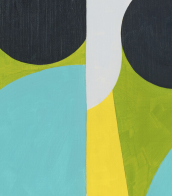

Parker Ito is an American contemporary artist. He was raised in Long Beach, California and currently works in Los Angeles. Ito's art practice encompasses a wide range of media, including painting, sculpture, video, performance, and installation.
Ito is known for his exploration of the intersection of technology and contemporary art. He often incorporates digital elements into his work, such as using UV printing on canvas, digital painting, and 3D printing. Ito's work also frequently deals with issues of identity, representation, and the commodification of art.
Ito has exhibited his work in numerous solo and group exhibitions in galleries and museums around the world.
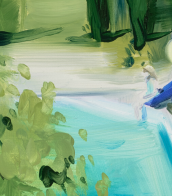

Parker Ito is an American contemporary artist. He was raised in Long Beach, California and currently works in Los Angeles. Ito's art practice encompasses a wide range of media, including painting, sculpture, video, performance, and installation.
Ito is known for his exploration of the intersection of technology and contemporary art. He often incorporates digital elements into his work, such as using UV printing on canvas, digital painting, and 3D printing. Ito's work also frequently deals with issues of identity, representation, and the commodification of art.
Ito has exhibited his work in numerous solo and group exhibitions in galleries and museums around the world.
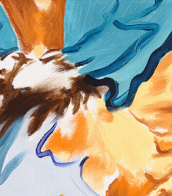

Parker Ito is an American contemporary artist. He was raised in Long Beach, California and currently works in Los Angeles. Ito's art practice encompasses a wide range of media, including painting, sculpture, video, performance, and installation.
Ito is known for his exploration of the intersection of technology and contemporary art. He often incorporates digital elements into his work, such as using UV printing on canvas, digital painting, and 3D printing. Ito's work also frequently deals with issues of identity, representation, and the commodification of art.
Ito has exhibited his work in numerous solo and group exhibitions in galleries and museums around the world.


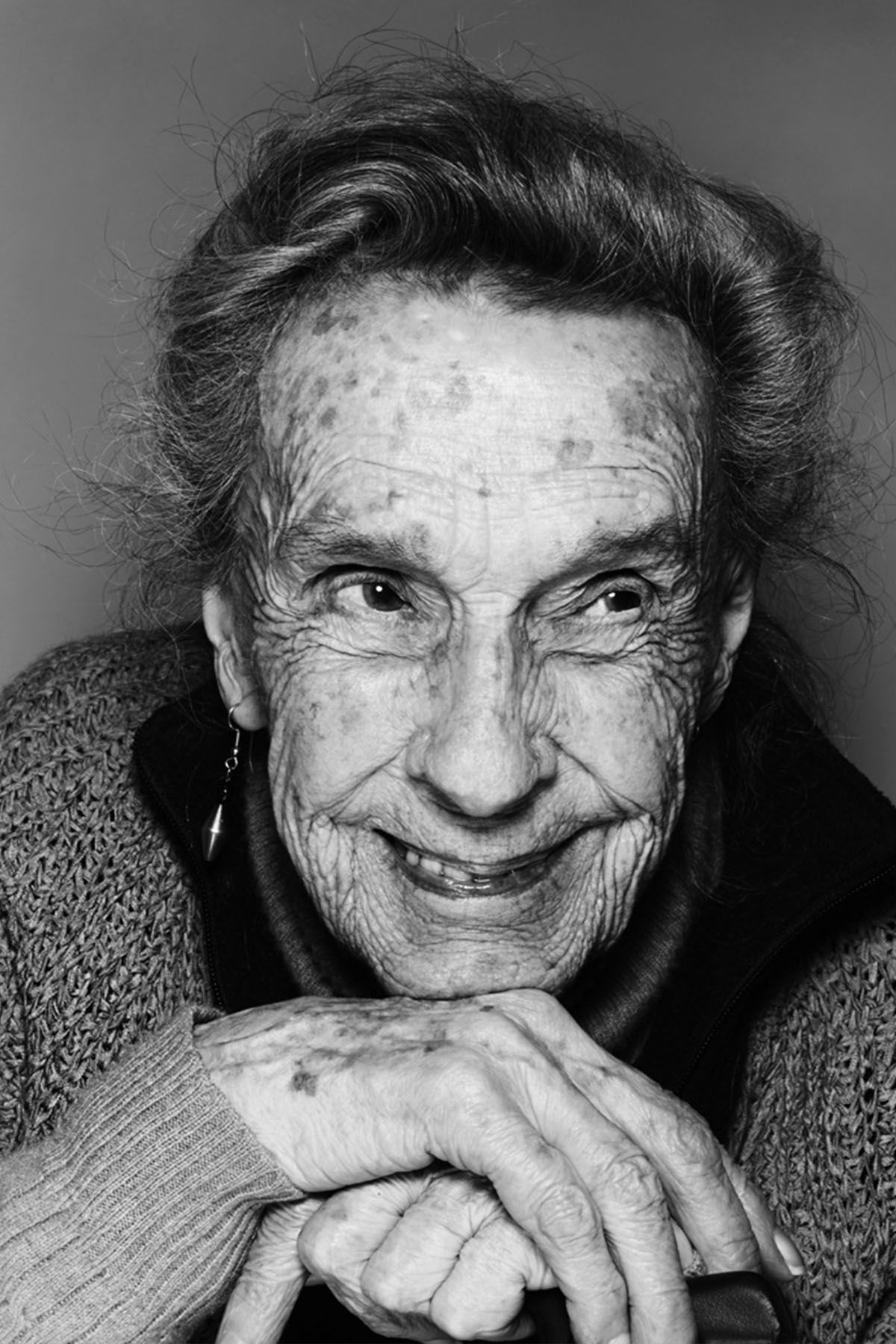
Leonora Carrington was a British-born Mexican artist, surrealist painter, and novelist. She lived most of her adult life in Mexico City and was one of the last surviving participants in the surrealist movement of the 1930s. Carrington was also a founding member of the women's liberation movement in Mexico during the 1970s.
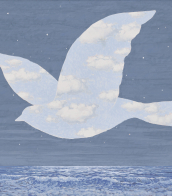
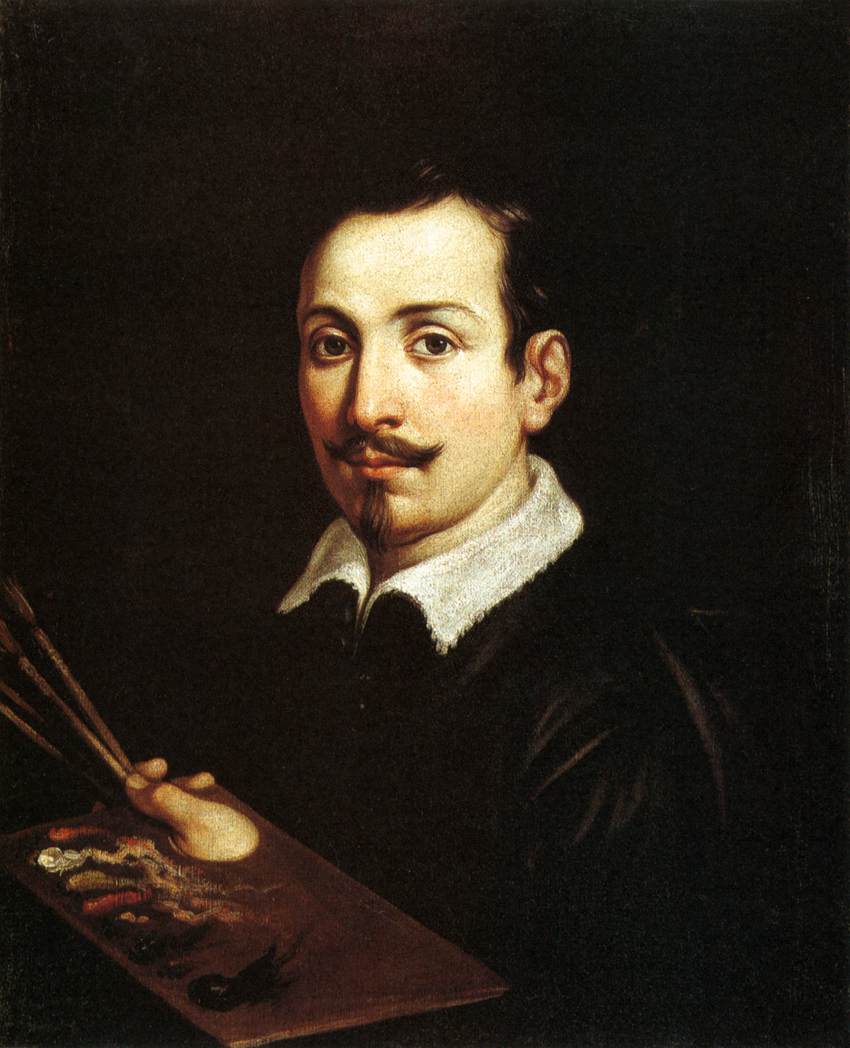
Guido Reni was an Italian Baroque painter, celebrated for his refined and classical approach to art. Born in Bologna, Italy, Reni's career spanned the late Renaissance and early Baroque periods, where he became known for his religious and mythological scenes. His style, characterized by elegance and grace, set him apart from his contemporaries, making his works highly sought after by both religious and secular patrons.
Reni's training under Denys Calvaert, followed by his time in the Carracci workshop, laid the foundation for his distinctive blend of classical idealism and Baroque dynamism. This education, coupled with his interactions and reported rivalry with Caravaggio in Rome, influenced his development as an artist who could balance the dramatic intensity of the Baroque with a serene classicism.
One of Reni's most famous works, the fresco "Aurora" in the Casino dell'Aurora of Palazzo Pallavicini-Rospigliosi, showcases his mastery of classical forms and his ability to convey narrative through expressive composition and vibrant color. This masterpiece, depicting Apollo's chariot led by Dawn, is celebrated for its simplicity and restraint, contrasting the more elaborate compositions typical of his era.
Reni's contributions to religious art are also significant, with works such as "The Archangel Michael Defeating Satan" and "Saint Joseph and the Christ Child" reflecting his capacity to imbue traditional Christian subjects with a profound sense of divinity and humanity. His paintings are distinguished by their delicate treatment of light and shadow, a hallmark of his refined aesthetic.
Collectors and art experts continue to admire Reni's works for their technical brilliance and emotional depth. His paintings, such as "The Massacre of the Innocents" and "Saint Sebastian," are preserved in major museums worldwide, testament to his enduring influence on Western art. Reni's legacy as a bridge between the Renaissance's ideal beauty and the Baroque's emotive power remains unparalleled, securing his place among the pantheon of great artists.
For collectors and experts in the field of art and antiques, Guido Reni's oeuvre represents not just the pinnacle of Baroque painting but also a connection to the cultural and aesthetic shifts of his time. To stay updated on sales, auctions, and exhibitions related to Guido Reni's works, signing up for updates can provide exclusive insights and opportunities to engage with the legacy of this exceptional artist.
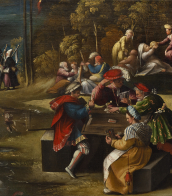
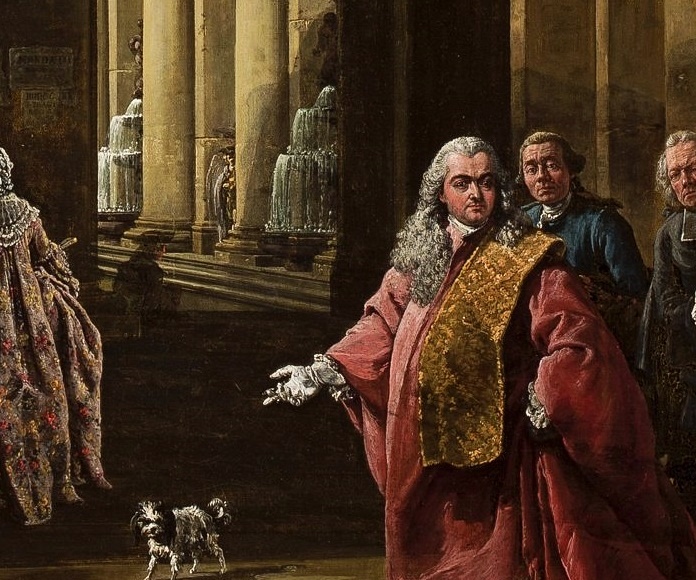
Bernardo Bellotto was an Italian painter, celebrated for his urban landscapes and detailed vedute, particularly of European cities like Dresden, Vienna, and Warsaw. He was born in Venice in 1722 and exhibited prodigious talent from a young age. Under the tutelage of his uncle, the renowned Canaletto, Bellotto honed his skills in capturing the essence of cityscapes with a unique style characterized by a cooler palette and a distinct use of impasto, especially in depicting skies and horizon lines.
In 1747, Bernardo Bellotto's career took him to Dresden, where he served as Court Painter to Augustus III of Poland and Elector of Saxony. His stay in Dresden was marked by the creation of panoramic views, highlighting his knack for architectural detail and the interplay of light and shadow. Following his tenure in Dresden, Bellotto spent the last 16 years of his life in Warsaw, where his works played a significant role in the city's post-World War II reconstruction.
Bernardo Bellotto's works are lauded for their precision and the manner in which they blend his Venetian roots with influences from Dutch landscape painting. His later works in Warsaw, characterized by their vibrant color palette and historical themes, underscore his evolution as an artist. Today, Bellotto's paintings are celebrated for their historical value and artistic merit, housed in prestigious collections in cities like Dresden and Warsaw.
For those interested in exploring the fascinating world of Bellotto's art and its impact on European cultural heritage, signing up for updates on new product sales and auction events related to Bernardo Bellotto is an excellent way to stay informed.

